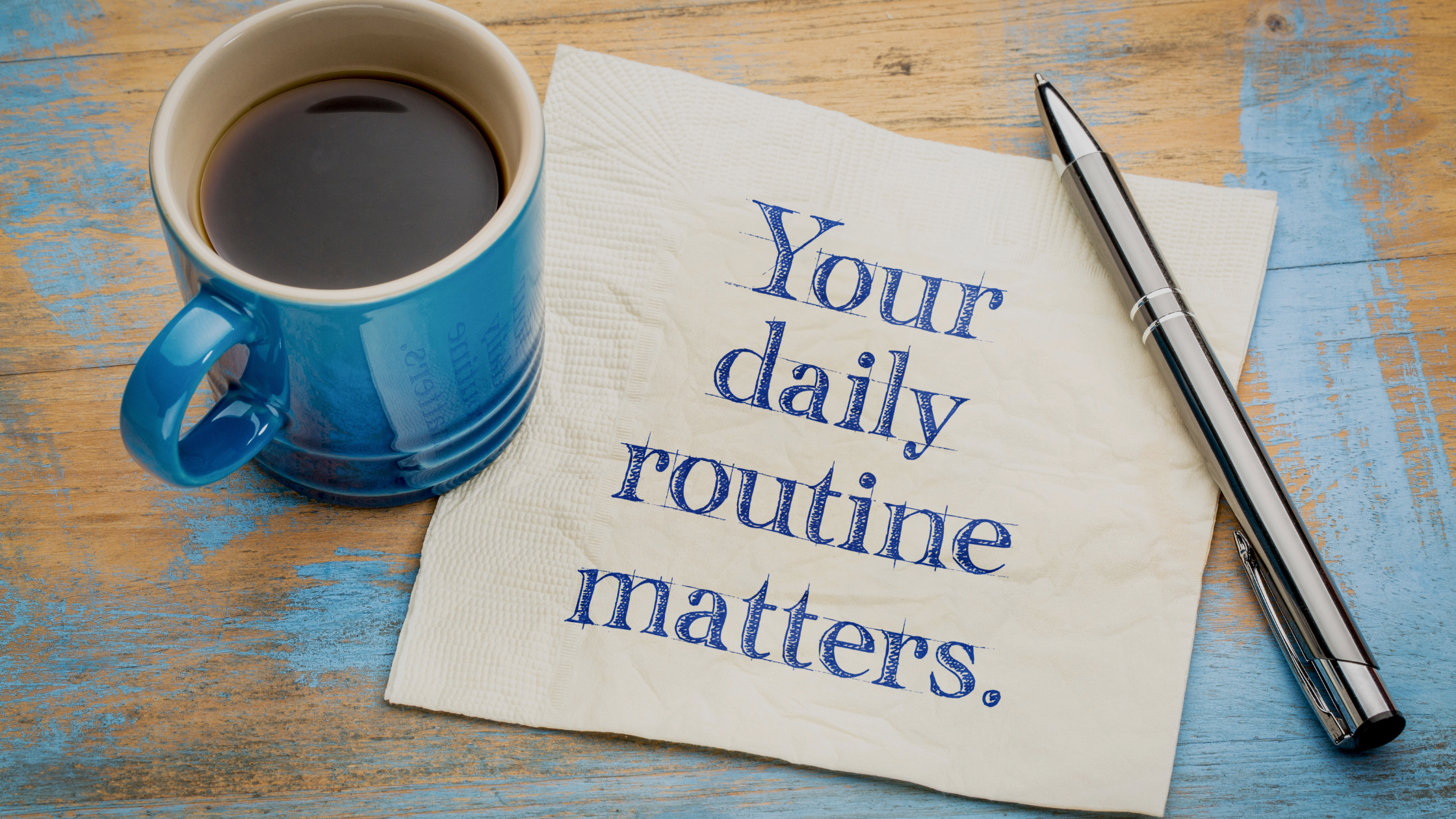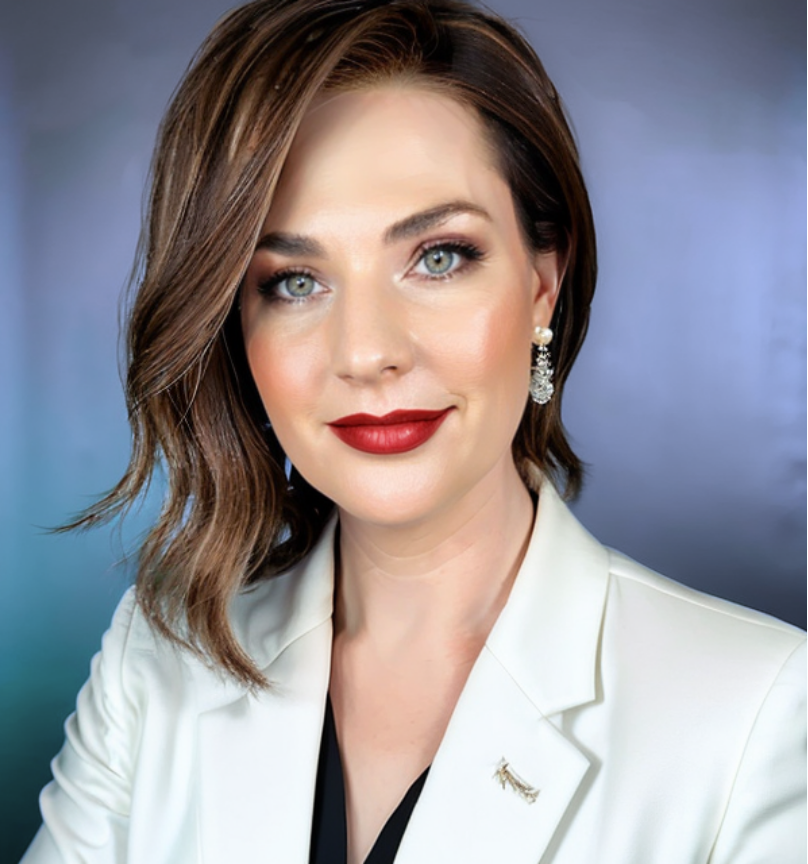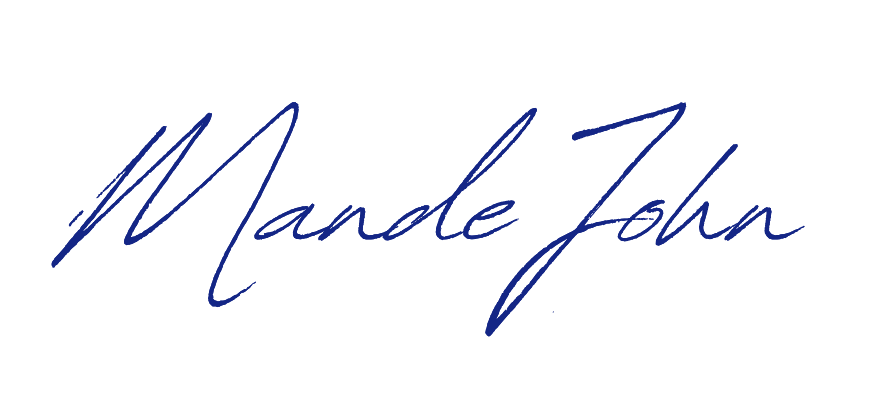“You can’t be mentally healthy without routines.”
When I first heard this quote, it stopped me in my tracks. I was struggling big time with time management, juggling two businesses, and honestly? I didn’t have a single true routine in place. I had checklists and coping strategies, but not routines—not rhythms that grounded my day and removed the chaos.
If you ever feel like you’re always behind, always reacting, and never really ahead of your day—like you’re stuck in a cycle of chaos and catch-up—you’re not alone. And more importantly, you’re not broken.
Why Routines Matter for ADHD Brains
I used to think routines were boring, rigid, and only for Type-A people. But here’s what I discovered: routines actually free up your brain. They don’t box you in.
For ADHD adults, routines are especially crucial because they:
- Reduce decision fatigue (which hits us harder than neurotypical folks)
- Create autopilot for important tasks, saving mental energy for what matters
- Provide structure without rigidity
- Turn chaos into predictable rhythms
If you’ve tried routines before and they didn’t stick, it’s not because you failed. Most of us just try to do too much, too fast, or without enough support. This time, we’re doing it differently.
A Quick Exercise Before We Start
Before diving into the five essential routines, grab a pen or open a note on your phone. Ask yourself:
“If every day were exactly the same, what would need to happen to feel like I was keeping up with life?”
List everything you’d want to get done in an ideal day:
- Meals and snacks
- Movement/exercise
- Cleaning tasks
- Medications or supplements
- Work responsibilities
- Family or household duties
- Self-care
- Planning or organizing
Keep this list handy—we’ll use it to see where these activities naturally fit into the five essential routines.
The 5 Essential Routines That Changed Everything
1. Evening Routine: Start Tomorrow Tonight
If I could go back and start over, this is the routine I would’ve begun with. Why? Because your evening routine doesn’t just end your day—it sets up the next one.
Evening routines are about winding down, reducing stimulation, and transitioning from “go-go-go” to “let it go.”
My evening routine:
- Make dinner around 6:30 PM
- Pick up counters and put away food (I leave dishes for morning—yes, really!)
- Feed the farm animals
- Take a bath while watching TV (I installed a TV in my bathroom for multitasking)
- Listen to a podcast or audiobook with a sleep timer while settling into bed
Key lesson: Routines don’t need to be perfect. They just need to start. You’ll refine them over time. I used to fall asleep to TV, which was fine initially, but later realized the light disrupted my sleep, so I evolved to audio only.
Pro tip: If you’re struggling with something specific (self-care, movement, hydration), build it into your evening routine. If it matters, make it part of the rhythm.
2. Morning Routine: Start Strong and Steady
This was the first routine I created, and I literally plugged each step into my Google Calendar. Why? Because I couldn’t rely on my memory for something new.
My morning routine breakdown:
- Wake up
- 30 minutes of “me time” (internet, journaling, podcast, YouTube—whatever I want)
- Get ready for the day (wash face, brush teeth, skincare, makeup, get dressed)
- 30-minute house clean (pick up clutter, wipe surfaces, dishes, start laundry)
Critical insight: Make sure you plan something you genuinely look forward to in your morning. Maybe it’s special coffee, a favorite book, a morning walk, or uplifting music. Having something enjoyable gives you a reason to get up—not just something you have to do, but something you want to do.
If your routine isn’t broken down into specific steps, you’ll either wander aimlessly or overload it. This is especially important with ADHD because we’re prone to both forgetting steps and unintentionally adding unnecessary ones.
3. Planning Routine: Cut Out the Overwhelm Before It Starts
Planning routines can be daily or weekly, but the purpose remains the same: reduce overwhelm and give your brain a roadmap.
My planning routine includes:
- Reviewing my calendar
- Prioritizing 1-3 key tasks for the day
- Blocking time for to-do list items
- Checking for upcoming appointments or obligations
This helps transform “I have 57 things to do” into “Here’s what I’m actually doing today.”
Remember: If you struggle with consistency or forgetfulness, make the planning process itself part of a routine. Set a specific time, use reminders, and keep it simple.
4. Work Routine: Open with Intention, Close with a Brain Sweep
This routine bookends your workday and helps you shift in and out of focus mode.
Start of work routine:
- Quick brain sweep (capture what’s on your mind)
- Review calendar or task list
- Open needed tools
- Tidy workspace (physical pickup)
- Start a focus timer
End of work routine:
- Brain sweep again (capture unfinished thoughts)
- Note where to pick up tomorrow
- Respond to quick messages
- Tidy workspace again
- Shut down work apps or laptop
This start-close rhythm creates momentum and reduces “open loops”—critical for ADHD brains that tend to hold onto unfinished thoughts.
Tip: If you struggle to get started alone, try body doubling. I used Focusmate when building this routine, and it helped tremendously.
5. Reset and Tidy: Visual Clarity Equals Mental Clarity
Clutter can absolutely derail focus for ADHD brains. A daily reset—even just 10 minutes—makes a huge difference.
How to implement:
- Tie it to a specific time or trigger (after dinner, before bed, end of workday)
- Set a timer for 10 minutes
- Focus on clearing counters, tossing trash, putting things in their homes
- Remember: You’re not deep cleaning, you’re clearing the visual field so your brain can reset
What About Weekends?
Should you keep routines on weekends? It depends.
Completely unstructured weekends might sound great in theory but often feel awful in practice. You wake up late, drift through the day, and by Sunday night, you’re anxious about the week ahead without feeling rejuvenated.
My weekend approach:
- Keep wake/sleep times fairly consistent
- Plan 1-2 rejuvenating activities
- Use routines to set up your week, not recover from it
Weekends don’t have to be rigid, but they also don’t have to be a free-for-all.
Making Routines Stick: The ADHD Way
Here’s what nobody tells you about building routines with ADHD:
- Start with ONE routine, not five
- Make it stupidly simple at first
- Use external reminders (phone alarms, Post-its, calendar notifications)
- Expect discomfort initially—new things feel hard before they feel automatic
- Build in flexibility for inevitable off days
- Regularly evaluate and adjust what’s working and what isn’t
You don’t need to join the 5 AM Club. You don’t need a Miracle Morning. You don’t need to copy anyone else’s system. You just need to ask: “What would support me right now?”
Your Next Step
Which of these five routines would change everything if you started tomorrow?
- Evening routine (wind down and set up tomorrow)
- Morning routine (start strong and steady)
- Planning routine (create your game plan)
- Work routine (intentional start and close)
- Reset routine (clear space, clear mind)
Pick ONE. Just one. And start building it tomorrow.
Remember: Routines aren’t about perfection or rigidity. They’re about creating supportive rhythms that free up your brain for what actually matters. Your future self will thank you for every tiny rhythm you build today.
Want support building ADHD-friendly routines that actually stick? Download the free workbook at www.learntothrivewithadhd.com/routine
What routine are you going to start with? Share in the comments below—let’s support each other in building lives that actually work.



